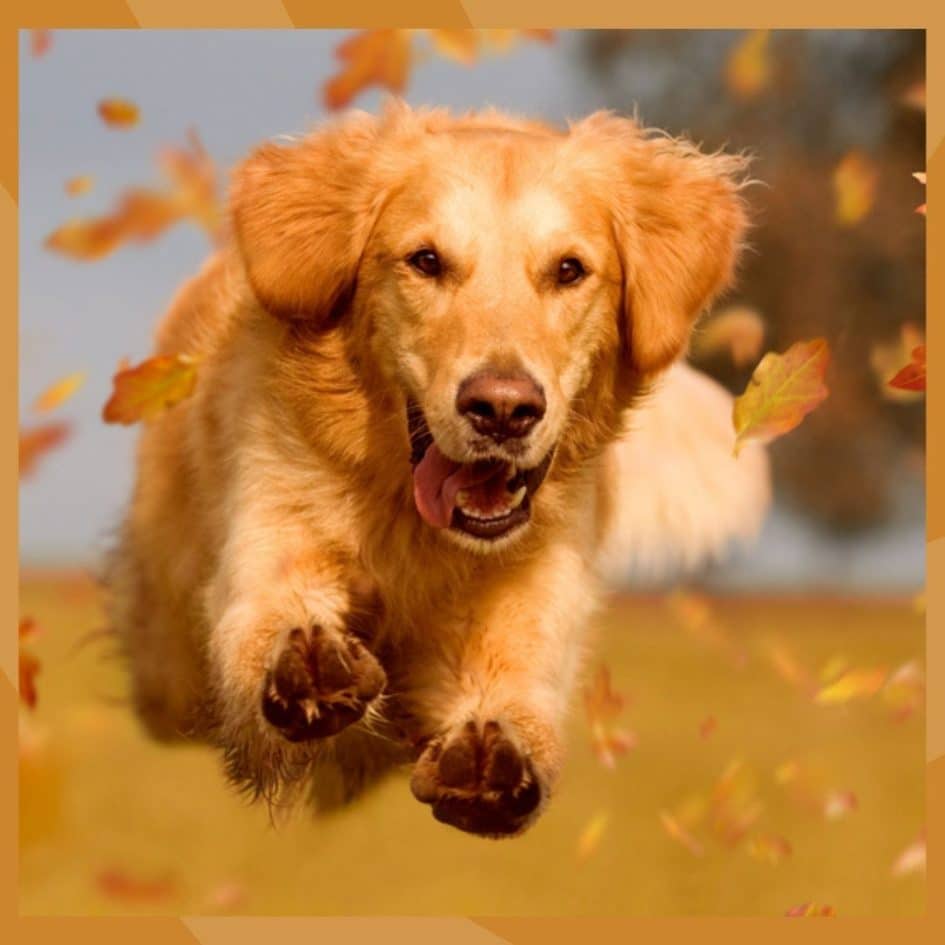

Dog Owners Beware! Signs Your Dog Has Overtrained
While dogs are, undoubtedly, super-energetic and hyper-active creatures, they can also get tired. Keep reading to find out the signs of overtraining in dogs.
With their undying loyalty and adorable personalities, dogs make some of the best pets in the world. Every dog can and should be trained. After all, it’s great for their mental and physical stimulation. However, some dog owners may go overboard and train their dogs to the point that they get exhausted and bored. While dogs are, undoubtedly, super-energetic and hyper-active creatures, they can also get tired.
So, the question is: is it possible to train your dog too much?
The simple answer is yes! Of course!
Some of the common signs of overtraining include their lack of interest in exercising and treats, vocalized frustration, and visible fatigue.
That said, let’s delve deep into understanding what overtraining is and the signs of overtraining in dogs.
What Is Overtraining?
Canine brains aren’t too different from the human brain when it comes to learning new skills and formatting memories. You don’t need to be a neuroscientist to know that the brain needs significant rest, especially before an important exam.
Overtraining in dogs works the same way as studying too much right before an exam without giving the brain any rest: it lowers memory retention, doesn’t allow you to learn a skill properly, and results in sloppy performance. Besides these problems, overtraining a dog turns their fun time into a dreaded source of boredom.
So, when it comes to training a dog, it’s important to learn when to stop so that your dog can learn their skills faster, performs the skills better, and just generally enjoys himself.
Signs Your Dog Has Overtrained
Here are some signs of overtraining to watch out for:
Your Dog Doesn’t Perform the Skill as Well as Before
Is there a skill your dog learned through and through, and maybe even loved performing? However, now your canine can’t seem to perform that skill as well as before. Maybe your dog isn’t able to hold his position like before, keeps shifting his body weight, or perhaps, appears tired or uninterested. Either way, these clues suggest that your dog is tired of doing this skill, needs a break, or is done with the training session.
The Way Your Dog Takes Treats Changes
If you’re a dog parent, you probably know how much dogs love treats. However, when a dog is overtraining, his interest in treats or the way he takes treats considerably changes. For instance, your dog might jump and pounce to grab a treat despite taking them gently earlier. The reason behind this may be the deteriorating of their bite inhibition or decreasing ability to make slow, deliberate movements.
On the other hand, some dogs may also stop taking treats as an attempt to indicate their physically full. By doing so, they represent their disinterest in working any further to get their treat (showing lack of interest training).
Your Dog Vocalizes His Frustration
Your dog may have been quieter earlier on in the session, but as time passed by, he became more vocalized. If your dog starts giving you a frustrated and bossy bark or grumbles, this may indicate tiredness or confusion regarding what you want him to do in an activity.
Your Dog Acts Busy
One of the most adoring qualities of a dog is that they never get tired of running to their own the moment they are called. However, if you notice your dog acting too busy to respond during a training session, this represents his lack of interest in what you’re asking him to do.
If your dog constantly yawns, sneezes, pants, scratches, or sniffs the ground, he is basically communicating that he cannot further engage in the task you’re asking him to do. Dogs mostly act like this when they are tired from all the training.
Your Dog’s Form Deteriorates
If you notice a change in your dog’s proper form during a training session, wrap up the session immediately. A change in its proper form means that a dog is using the wrong muscles in an attempt to accomplish a task, which can lead to serious injuries.
Some signs of the improper form include a sprawled sit, widening hind limb stance, or turned-out elbows. While this is especially applicable to fitness training, it can also happen during non-fitness training. Either way, make sure to keep a close eye on your canine to see when his body posture changes due to being overworked.
Your Dog Tries to Escape
If your dog actively searches for an escape route, wanders off, or flicks his tongue, it means it’s time to wrap up the training session. There are a few cases in which a treat isn’t motivation enough to get your dog to work. In such situations, you can employ better reinforcement. However, if your dog still appears disinterested, then he’s probably exhausted and is done training.
How Long Should a Training Session Last?
A training session must only last as long as your canine is enjoying itself. This may seem like a vague answer for those looking for exact numerical figures, but the truth is that just like everything else in dog training, it depends.
The intensity of a training session varies according to the age and breed of a dog, so the training session duration must also be. Remember that there’s no one-size-fits-all answer to this question.
The best way to decide the longevity of a training session is to keep an eye on signs of boredom or frustration. Make sure to keep the sessions fun so that your dog always wants more.
How Often Should You Train Your Dog?
How often you should train your dog depends on a few factors as well. At a minimum, you will need to hold at least a few sessions a week to ensure that your dog gets an adequate grip on some skills. Some dogs may also benefit from daily practice or maybe even multiple sessions a day.
The type of training your dog is receiving will also determine the intervals of the sessions. So, if you’re teaching your pup something simple like “sit,” three short sessions a day won’t have an ill impact. However, if you’re training your dog to run through a tedious obstacle course, you should give them time to get adequate rest.
The Bottom Line
To conclude, make sure to look out for the signs of overtraining in dogs so that your pup can learn skills more effectively and in a fun way!
Discover how to create a joyful, healthy home for your pet.
Subscribe to your weekly rundown of practice, real life ideas and training tips straight to your inbox.


